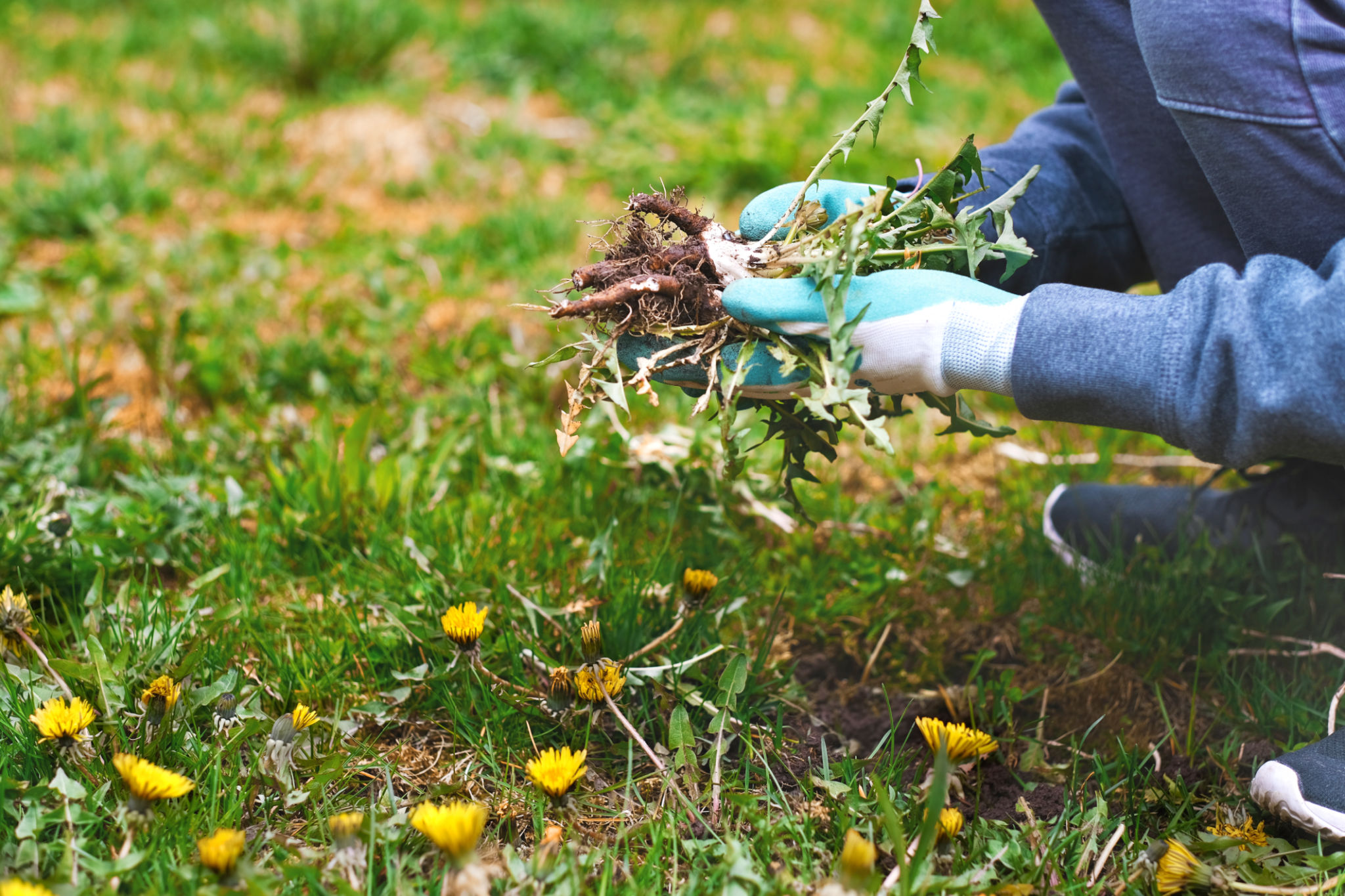The Ultimate Guide to Xeriscaping Trends in California
Understanding Xeriscaping
Xeriscaping is a landscaping method designed to reduce or eliminate the need for irrigation. It originated in the arid regions of the western United States and has spread due to its water-saving benefits. In California, where droughts are common, xeriscaping is not just a trend but a practical necessity for sustainable gardening.
This technique emphasizes the use of drought-resistant plants, efficient irrigation methods, and landscape designs that minimize water usage. By adopting xeriscaping, homeowners can enjoy beautiful gardens while conserving water and contributing to environmental sustainability.

Popular Xeriscaping Plants in California
California's diverse climate allows for a wide variety of plants suitable for xeriscaping. Some popular choices include succulents, native grasses, and Mediterranean herbs. These plants not only thrive in dry conditions but also add texture and color to your garden.
Succulents, such as agave and aloe, are particularly favored for their striking appearance and low water needs. Native grasses like deer grass provide a natural look and are perfect for creating movement in the landscape. Meanwhile, herbs like lavender and rosemary offer both beauty and fragrance.

Designing Your Xeriscape
The design of a xeriscape garden involves careful planning to ensure harmony between aesthetics and functionality. Begin by assessing the natural conditions of your property, such as sunlight exposure and soil type. This information will guide your plant selection and layout.
Consider incorporating hardscapes like stone pathways or gravel beds to reduce areas that require watering. These elements can create visual interest and contrast with the greenery. Grouping plants with similar water needs together is another strategy to optimize irrigation efficiency.

Efficient Irrigation Techniques
Even though xeriscaping minimizes water use, efficient irrigation is essential for maintaining plant health. Drip irrigation systems are ideal as they deliver water directly to plant roots, reducing evaporation and runoff.
Incorporating rainwater harvesting systems can further reduce reliance on municipal water supplies. Collecting rainwater not only conserves water but also provides plants with naturally soft water that they prefer.
Maintaining Your Xeriscape
Once established, xeriscape gardens require minimal maintenance compared to traditional landscapes. Regularly check irrigation systems for leaks and ensure they are functioning correctly. Mulching is another effective practice that helps retain soil moisture and suppress weeds.
Pruning and removing dead plant material will promote healthy growth and prevent disease. By staying on top of these simple tasks, you can keep your xeriscape garden thriving year-round.

The Environmental Impact of Xeriscaping
Xeriscaping offers significant environmental benefits beyond water conservation. By reducing the need for fertilizers and pesticides, it minimizes chemical runoff into local waterways. Additionally, native planting supports local wildlife by providing habitat and food sources.
This landscaping approach also contributes to carbon reduction by lowering the demand for lawn maintenance equipment, which typically relies on fossil fuels. As more Californians adopt xeriscaping, the cumulative effect can lead to a healthier environment for future generations.
